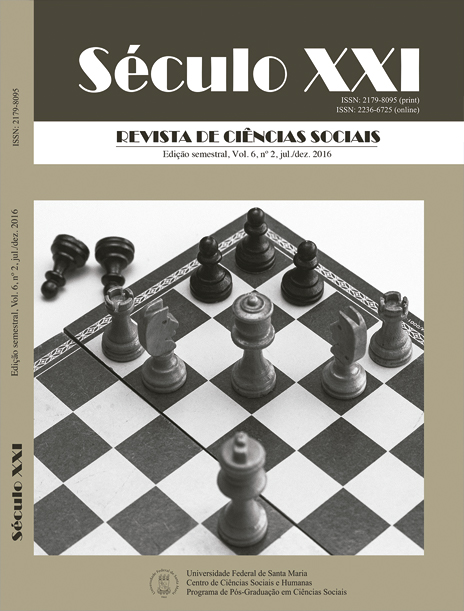Dams and socio-urban transformation. A comparative analysis of the Salto Grande and Yacyretá hydroelectric projects
DOI:
https://doi.org/10.5902/2236672526326Keywords:
Urban chang, Socials effects, Resettlement, Salto Grande, Yacyretá.Abstract
The realizations of large hydroelectric projects produce a series of consequences of different characteristic (demographic, ecological, social, cultural) being one of them, the relocation of urban population. In this paper we focus on the processes of relocations, generated by the construction of hydroelectric dams Salto Grande (Argentina-Uruguay) and Yacyretá (Paraguay-Argentina). Specifically analyzing the changes generated in the cities of New Federation and Posadas (Argentina) and Encarnación (Paraguay). Salto Grande dam created a lake of 30,000 hectares being almost 70% of the old city of Federation flooded and transferred to the city of New Federation built 5 km from the original site. In the case of the cities of Posadas-Encarnacion the approach attempting to resize the studying of relocations, analyzing how the relocated population experience the singular effects of displacement, being accompanied by the processes of socio-spatial segregation. We think that can not understand the processes that occur in the housing complexes for population relocated from an insular approach, but is necessary circumscribe it to general context of the social and urban transformation generated by the additional works of the Yacyretá project.Downloads
Downloads
Published
How to Cite
Issue
Section
License
Authors who publish in this journal agree with the following terms:
1. Authors keep the copyrights and allow the journal the right of first publishing, having the paper simultaneously licensed by Creative Commons Attribution License that allows the sharing of the article – copyright recognized - and first publishing in this journal.
2. The journal is allowed to require the copyrights transfer, allowing the article to be used under noncommercial purposes, including the right to send the paper to Free Access or Paid databanks, not assuming the obligation to pass on the value charged from users to the authors.
3. Authors are allowed to take additional contracts separately for nonexclusive distribution of the paper’s version published in this journal (e.g. publishing in institutional repository or as book chapter), recognizing the copyright and first publishing in this journal.







